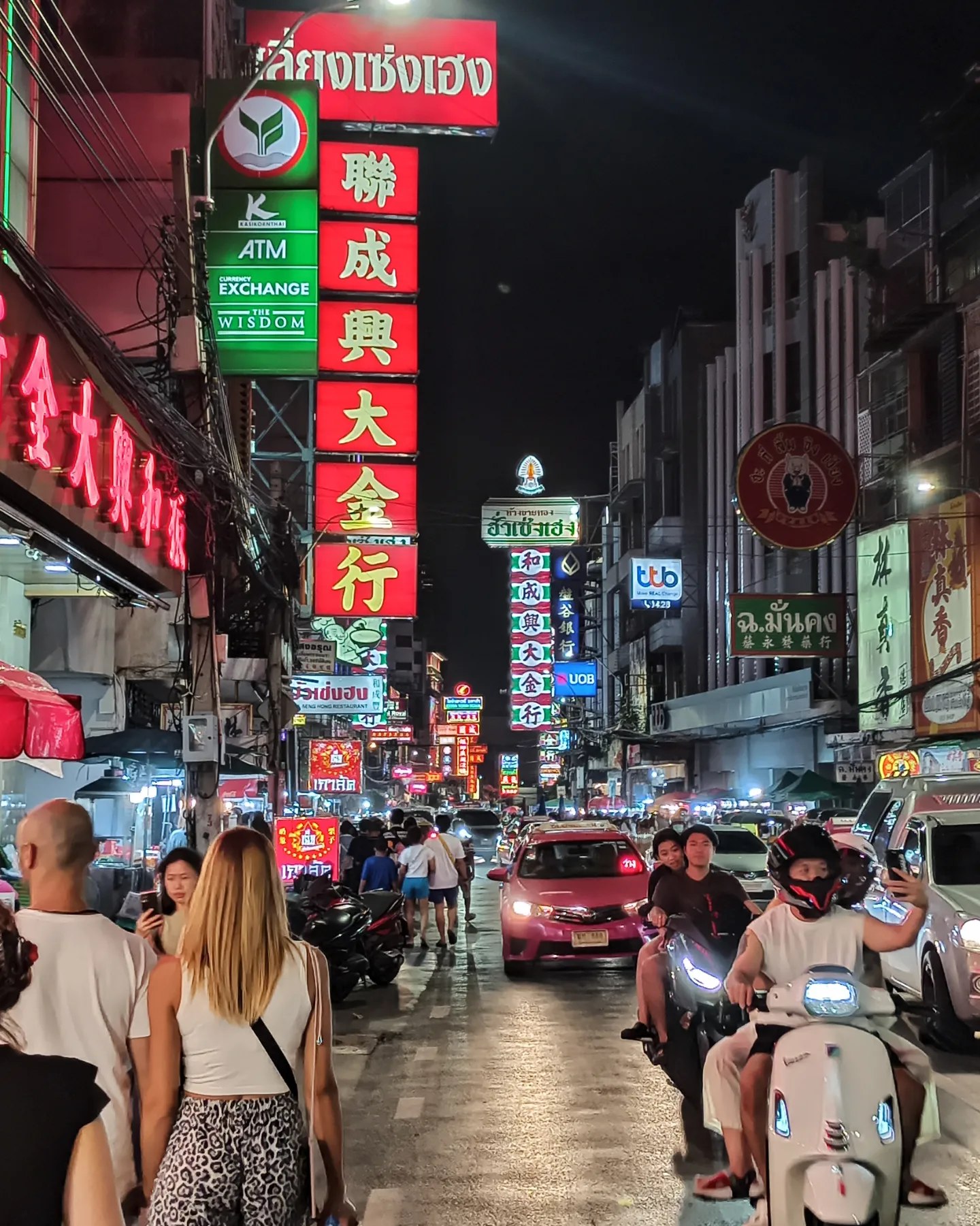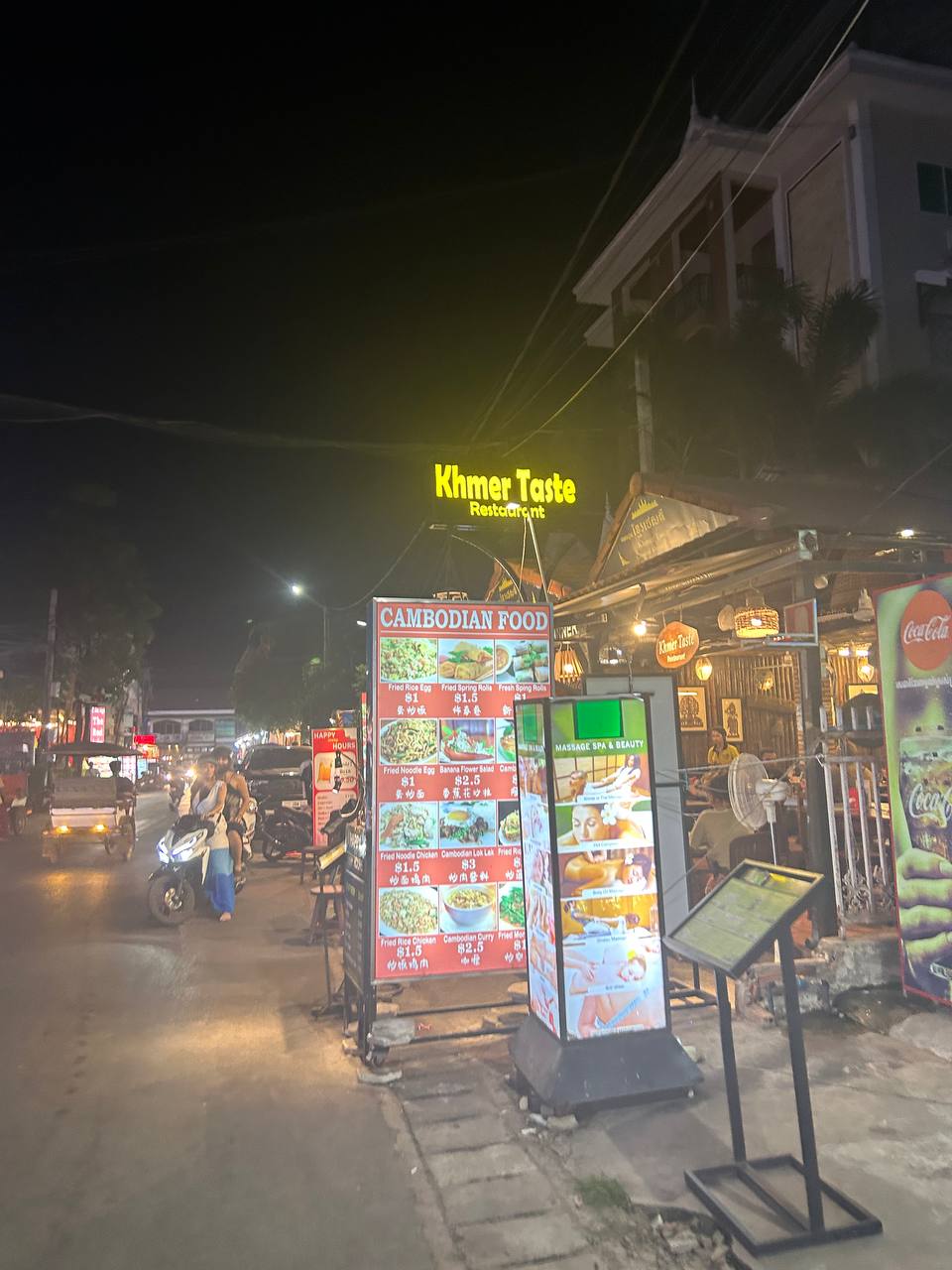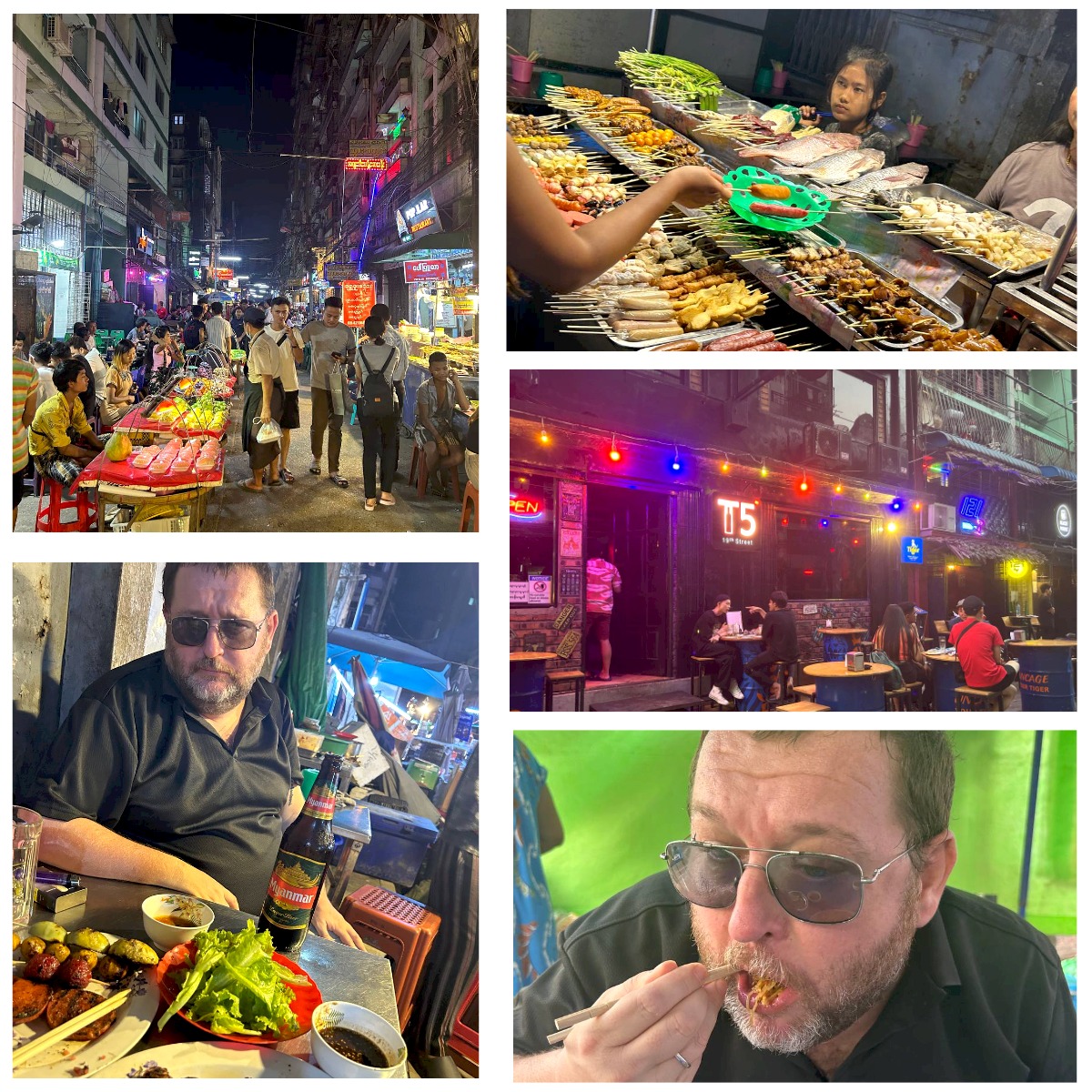
Malaysia Day in Phnom Penh 2022
Every now and again you get a job perk and for me this week it was getting to celebrate 2022 Malaysia Day in Phnom Penh at the embassy. And yes that meant free food, drinks and entreatment. What is Malaysia Day? Not to be confused with Hari Merdeka (Independence Day), it usually falls in September…






















































































































































